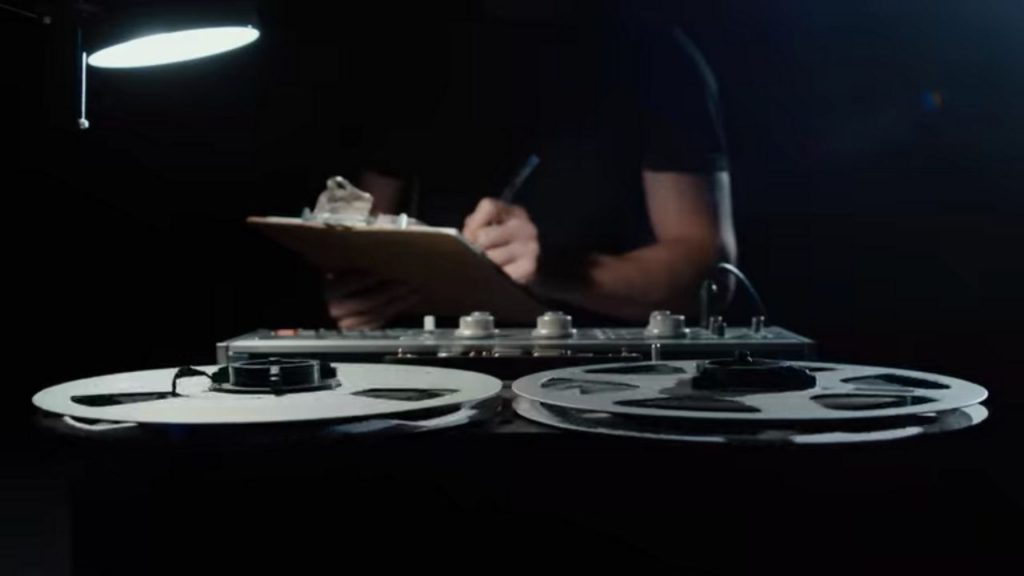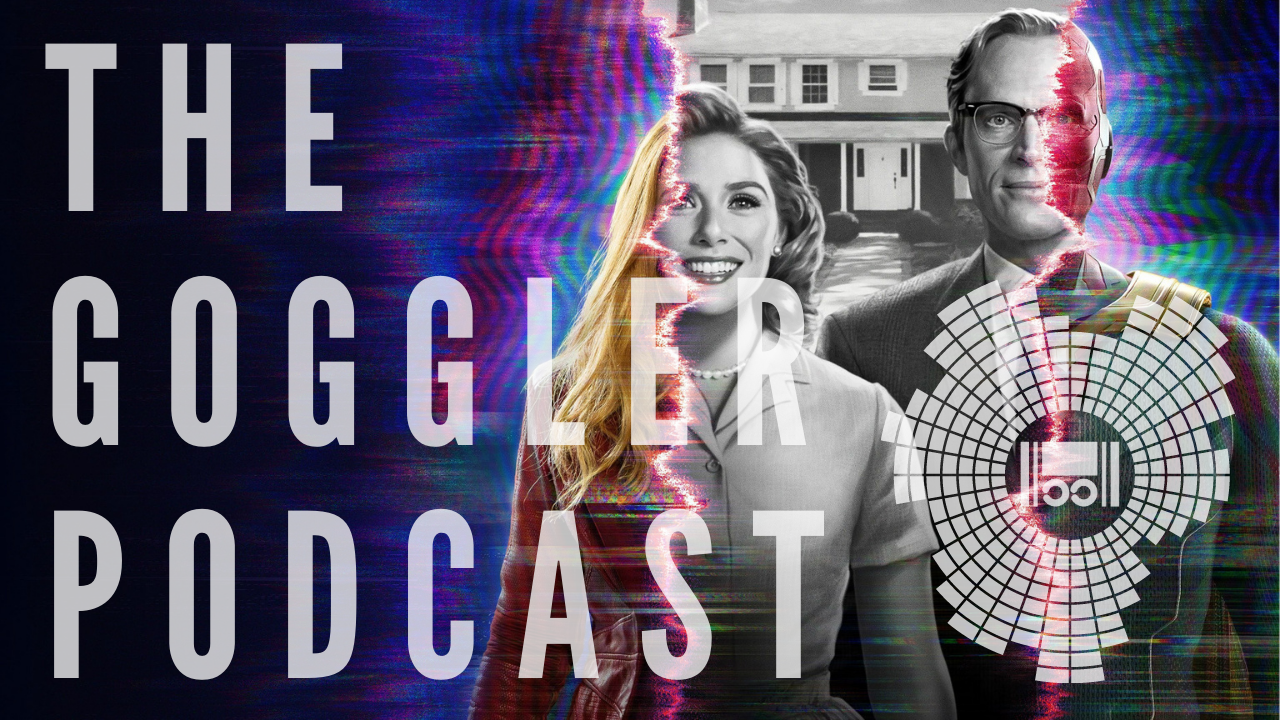As I interrupted my wife’s rewatch of House of Cards to put on Netflix’s new docu-series Spycraft, I was excited. But as that first episode started, my excitement waned. And as the episode continued, I began to realise that this wasn’t the series I was hoping it would be.
Okay, so here’s the thing. I love spy craft. I grew up with a father who loves spy thrillers, and I married a woman who loves spy thrillers. I loved Tinker, Tailor, Soldier, Spy. I loved how seriously the movie took the idea of the trade. I loved that it is slow. That it was dangerous, but not in a whizz-bang-boom sort of way. Exciting doesn’t need to be a car chase. A foot chase in the dark streets of London, when done well, can be just as thrilling and heart pumping. And sure, I also loved the early, campy Bond stuff, and The Man From U.N.C.L.E., and Get Smart, which admittedly isn’t really serious in any way, but it worked for a young Bahir.

I can see how Spycraft was pitched. A series, tracing the history of spy craft and all the tools of the trade, while uncovering missions of the past and the people that were affected by it. Unfortunately, the series failed to live up in its execution. Instead of treating the the subject matter with seriousness and the academic rigour I had hoped for, Spycraft devolves into dramatic musical cues, reenactments, and on screen graphic overlays. Heck, Spycraft seems to be filled with bad stock footage, the kind you find when you type in “spy stuff” in the search bar.

The episodes are laid out and broken into very interesting topics of discussion, with former spies, historical researchers, journalists and academics making up the relevant talking heads. What could have been a deep dive into the lesser known areas of the spy trade, is cheapened by an over-exuberance and over-dependence on editing. There is still a lot to be gleaned from the series, from learning about Leon Theremin’s “The Thing” (if the name Theremin sounds familiar, he invented this “thing” too), to the crazy way the CIA had bugged a Russian embassy.
But on the whole, all of it just fell a little flat. It felt overproduced.
The one thing that can be said about Spycraft is that it never made one side to be the hero (the Americans) or the villain (everyone else, but mostly Russia). It’s just a shame that the series wasn’t packaged better. More tastefully even. What could have been a great documentary series on a thrilling exciting subject just comes off a little cheap and overdramatic.

Sidenote: There is very little official word online about the series Spycraft. No images or listing on Netflix’s own press site, where we would normally be able to find details of all the shows that are on the streaming service, the bare minimum on IMDB, not even a trailer on any of the official Netflix YouTube accounts. It’s as if the show itself has been disavowed, Ethan Hunt style.









Follow Us